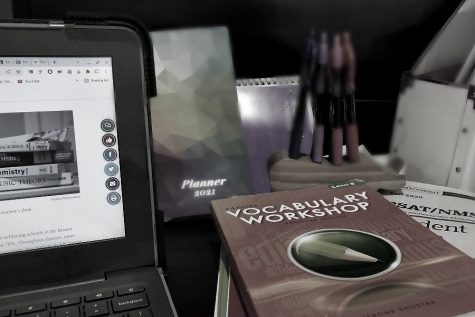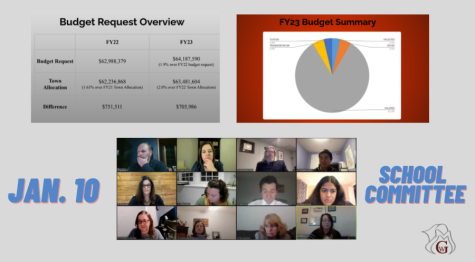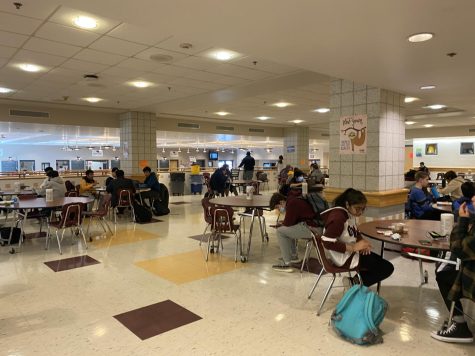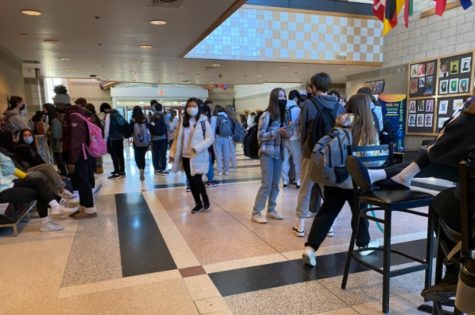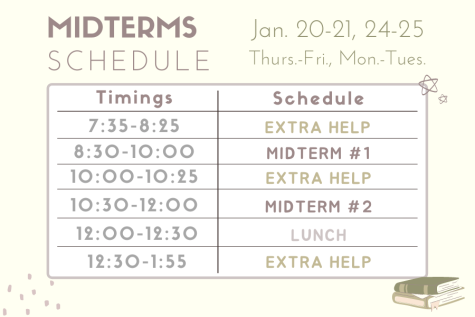The 2020-21 school model gives new meaning to Challenge Success

As I circle my final answer for my Algebra II test, the school bell rings. I hear the halls fill with students. Reluctantly, I turn in my test, my third of the day, and head to my club. My head feels heavy, exhausted because of the four hours of sleep I got the night before. After my club ends, I ride the bus home, trying to relax my mind for a few minutes. Once home, I grab a quick snack, take a one hour nap, and begin the homework that consumes me for the next five hours. At 12 am, after turning in my last assignment, I crawl into bed, ready to repeat yesterday’s schedule again.
School is hard. My situation last year is not just unique to me. High school floods students with a significant load of homework. Regardless of the classes a student takes, it is easy for every Westford Academy student to fall into a continuous cycle of stress, sleep-deprivation, and anxiety with six classes per day, hours worth of homework, and numerous extracurriculars.
Starting a few years ago, WA, one of the most competitive schools in the state, placed a large emphasis on its program ‘Challenge Success.’ With input from students, staff, and parents, the Challenge Success program, made up of the administration, school committee, and guidance counselors, strategized new methods, including a daily test limit, and used resources in attempts to lower the pressure and stress students at WA felt.
Even with these measures, students still were barely meeting their social, physical, and sleep recommendations. However, now, with the three classes per day, students have more time to complete assignments compared to the time they had during the normal, six classes per day schedule.
According to the University of People, teacher-student relationships can improve when there are fewer classes per day in the normal school-day time frame. As the teacher sees fewer students per day, they are able to connect with students on a stronger level for longer periods of time, since an in-person blocked schedule has longer class times with fewer classes.
Even though COVID-19 took so much away from students, as a remote learning student, I truly think the new school model is a blessing in disguise.
Moreover, teachers would have the ability to create in-depth lesson plans, including longer science experiments and class discussion, and individualize their plans to student needs. Along with less daily homework, students can focus better in class as they are not overwhelmed with six subjects per day.

Longer classes essentially imitate long blocks, which teachers highly depend on for in-depth lessons and interactive activities. The flexibility, less stress, and better relationships with teachers definitely ‘challenge success’ as they would bring a lighter, more positive environment at school.
At the beginning of the year, I went back and forth on whether or not to attend school through the hybrid model. After accounting for safety, I chose to do my junior year through the RLA model, in hopes that my self-motivation would help me through a completely new way of learning.
Now, four months into this crazy school year, I am less stressed than I have ever been. I am getting a consistent seven hours of sleep, which is more than adequate, to me, for my junior year of high school. Additionally, I am spending more time with my family, taking the time to make healthy meals for myself, and getting the exercise I need.
The change in my stress-levels is not because I am taking easier classes than I normally do, but it is because I have a stronger ability to prioritize my assignments and longer time frames to complete them. With only three classes a day, my homework load has changed from assignments for six classes to assignments for three classes. In terms of assessments, I have not yet had all three of my classes give me an assessment on the same day.
When the pandemic dies down, administration and school committee will regroup and plan the new “normal” schedule. With students adjusted to a three-classes per day model, I think administration and the school committee should strongly consider a blocked, three-classes-per-day schedule.
Although I know many students are struggling with school during a pandemic, I think the idea of fewer classes per day can be explored more deeply in the future.
Being separated from teachers and peers as well as having to learn virtually and more independently is hard for the majority of students. I think students are struggling because of a disconnect with their teachers and classmates rather than classes being spaced apart.
COVID-19 changed the way students perceive the world. With that, students also have a changed outlook for school as they cope with learning during a pandemic. Thus, after the pandemic, adjusting to fewer classes will be easier than adjusting to a normal six-class per day schedule, since students have adapted to the COVID-19 model.
Moreover, once society somewhat returns to “normal”, WA should definitely embrace the idea of fewer classes per day. In a time of growth, with the chance to improve, the school should learn from the positive benefits of the COVID-19 model in order to ease stress, improve mental as well as physical health, and ‘challenge success’ more than ever before.

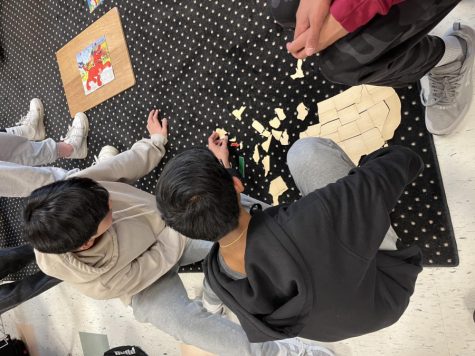
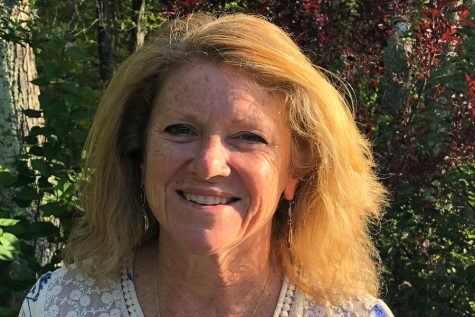
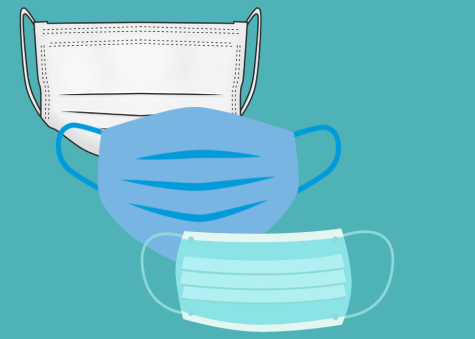
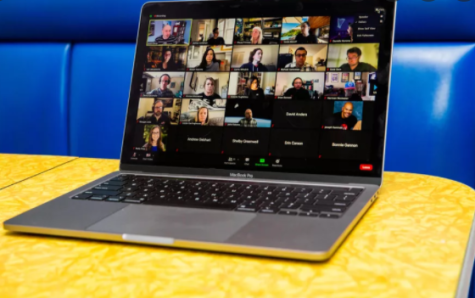
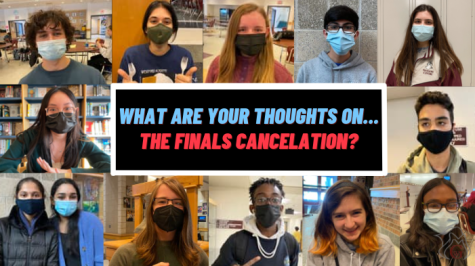
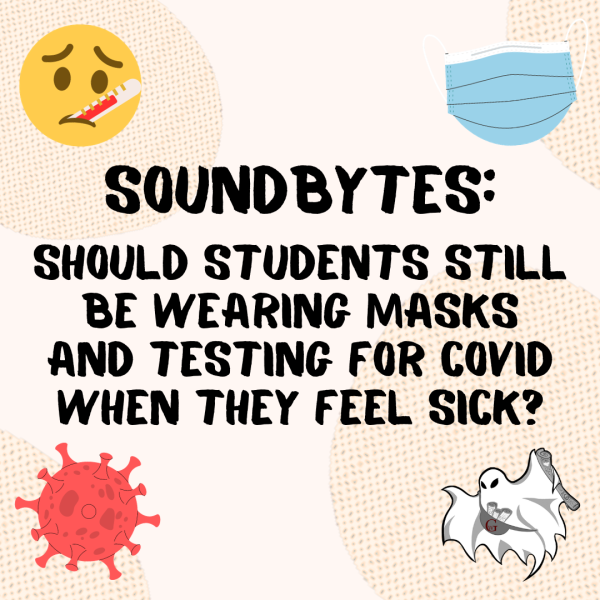
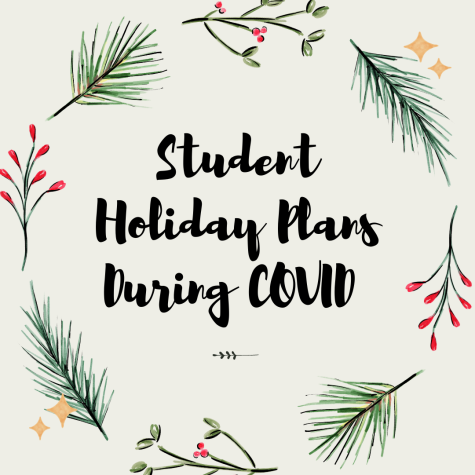
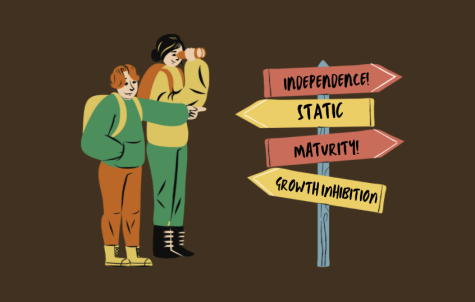

![Olivia Davis “I think the intention is good because they’re trying to be inclusive of people who don’t want to spend a lot of money during our senior year, because it’s already expensive enough, but I think it’s also frustrating for people who really wanted a cotil [...]. I’ve already bought a $500 dress, so if guys show up in khakis and a shirt that could be kind of annoying. I think it’ll still be fun either way though.”](https://waghostwriter.com/wp-content/uploads/2021/09/Screenshot-2021-09-14-6.31.03-PM-475x321.png)
